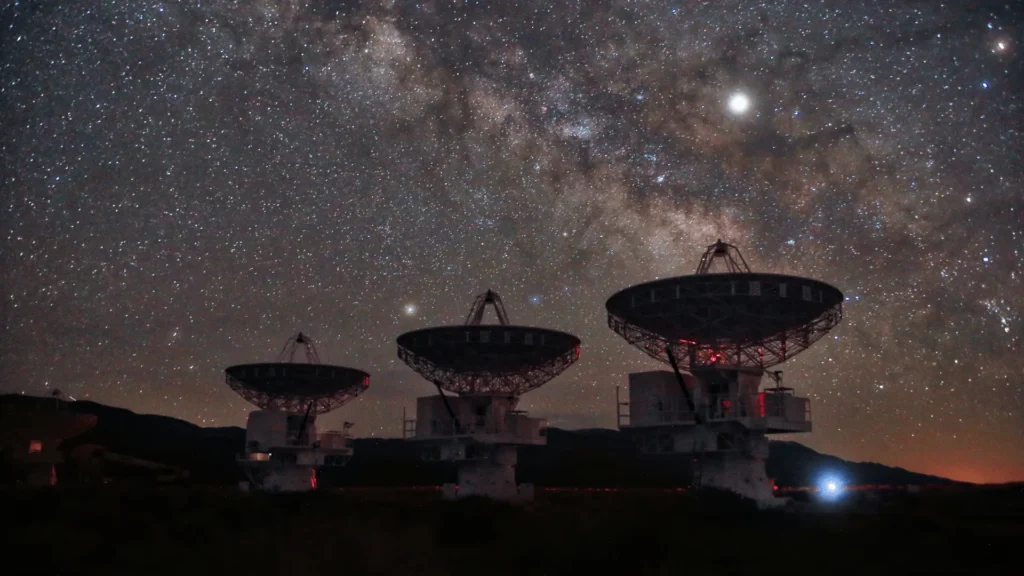GNSS constellations are coordinated groups of satellites that work together to provide positioning, navigation, and timing (PNT) services to users anywhere on Earth. These constellations form the backbone of modern navigation systems, enabling everything from smartphone location tracking to autonomous vehicle guidance, aviation, maritime operations, precision farming, and scientific research.
A GNSS constellation typically consists of a specific number of satellites orbiting the Earth in carefully planned orbital paths. These satellites transmit time-stamped radio signals from space. A GNSS receiver—such as the one in your smartphone—picks up these signals, calculates the distance to each satellite based on signal travel time, and determines its position through trilateration. For this calculation, a receiver generally needs signals from at least four satellites to account for latitude, longitude, altitude, and clock error.
Constellations available today
There are several major GNSS constellations in operation today:
- GPS (Global Positioning System) – Operated by the United States, GPS was the first fully functional GNSS. It consists of at least 24 satellites orbiting in medium Earth orbit (MEO) at around 20,200 km altitude. It began operating in the 1990s and users around the world continue to rely on it.
- GLONASS – Managed by Russia, GLONASS is also a 24-satellite constellation operating in MEO. GLONASS offers global coverage and often works alongside GPS to enhance performance, especially in high-latitude regions where its orbital configuration provides an advantage.
- Galileo – This is the European Union’s GNSS constellation, developed by the European Space Agency (ESA). It provides high-precision positioning and is designed to be interoperable with GPS and GLONASS. Galileo offers unique features such as encrypted services for government use and open services for the public, with positioning accuracy down to the centimeter level in some applications.
- BeiDou – China’s GNSS, developed by the China Satellite Navigation Office, has evolved from a regional system to a global one. The full constellation was completed in 2020 and now offers worldwide coverage with over 30 satellites in MEO, geostationary, and inclined geosynchronous orbits.
How GNSS constellations work ?
Engineers design GNSS constellations to provide continuous coverage by distributing satellites so users always see several from any point on Earth. This requires careful planning of orbital parameters such as altitude, inclination, and spacing. Most constellations use medium Earth orbit because it offers a good balance between coverage area, signal strength, and satellite lifetime.
Using multiple GNSS constellations improves accuracy and enhances reliability. Devices that can receive signals from GPS, GLONASS, Galileo, and BeiDou simultaneously—known as multi-GNSS receivers—can compute positions faster and more precisely, especially in challenging environments such as urban canyons, forests, or mountainous regions.
GNSS constellations also incorporate ground control stations and monitoring networks that continuously track satellites, upload updated data, and maintain system integrity. These networks ensure accurate timing and positioning and detect anomalies in satellite performance.
Besides basic PNT functions, modern GNSS constellations support advanced features. These include augmentation systems like WAAS (U.S.), EGNOS (Europe), and MSAS (Japan), which enhance accuracy and integrity for applications like aviation. Some systems also provide Search and Rescue (SAR) capabilities to help locate individuals in distress.
In summary, GNSS constellations use networks of satellites and ground infrastructure to enable global positioning and navigation. By using a combination of multiple systems, users benefit from improved accuracy, robustness, and resilience, making GNSS essential to countless modern technologies and industries.
